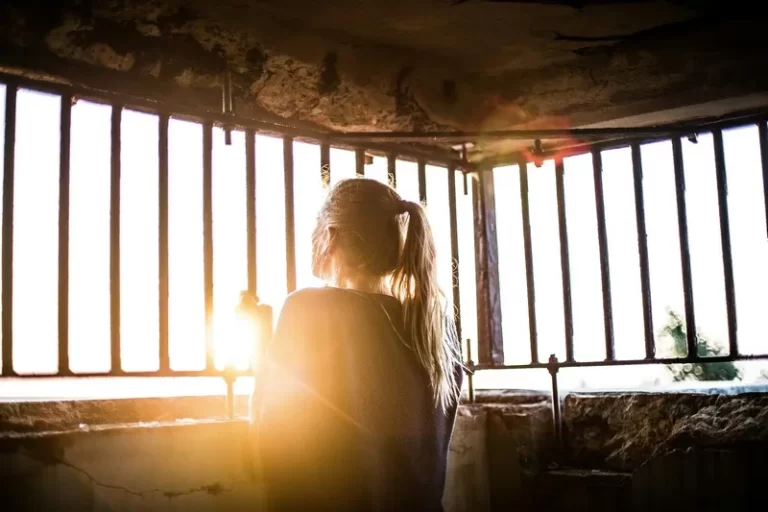Table of Contents
- The Emergence of Critical Criminology
- Core Concepts in Critical Criminology
- Critical Criminology and the Criminal Justice System
- Feminist Criminology: A Subfield of Critical Criminology
- Additional Subfields of Critical Criminology
- Conclusion: The Expanding Scope of Critical Criminology
Critical criminology is a branch of criminology that challenges the traditional approaches to understanding crime, its causes, and its impact on society. Rather than viewing crime simply as a breach of legal norms, critical criminology explores the deeper social, political, and economic inequalities that contribute to criminal behavior. This article will explore key elements of critical criminology, its historical development, key concepts, and its application in contemporary society.
The Emergence of Critical Criminology
Critical criminology emerged as a response to the limitations of mainstream criminological theories that often overlooked the influence of power and inequality in shaping crime. Traditional criminology typically focused on individual behaviors and legal norms, often neglecting broader social contexts that contribute to crime. The rise of critical criminology can be traced back to the 1960s and 1970s when scholars began questioning the established systems of power and authority.
Key Influences on Critical Criminology
Several intellectual and political movements influenced the development of critical criminology, including:
- Marxism: Critical criminologists draw heavily from Marxist theory, emphasizing the role of economic inequality and class conflict in shaping crime and the criminal justice system.
- Feminism: Feminist scholars introduced gender as a critical lens for understanding crime, focusing on how patriarchal systems contribute to both criminal behavior and the treatment of offenders.
- Postmodernism: Postmodernist thinkers question the grand narratives and universal truths promoted by traditional criminology, emphasizing the fluidity of social norms and the subjective nature of law.
The combination of these perspectives led to a criminology that is more critical of state power, social inequalities, and the ways in which laws serve the interests of dominant groups.
Core Concepts in Critical Criminology
Power and Inequality
One of the central tenets of critical criminology is the idea that crime cannot be understood without considering the distribution of power and resources in society. Traditional criminological theories often focus on the behaviors of individuals or small groups without questioning who holds the power to define what constitutes crime.
- Laws as tools of the powerful: Critical criminologists argue that laws are often created and enforced by those in power to maintain their control. Crimes are not objective categories but are socially constructed in ways that reflect the interests of dominant groups. For example, white-collar crimes, which are often committed by the wealthy, tend to be less harshly punished compared to street crimes that affect poorer communities.
- Criminalization of marginalized groups: Critical criminology highlights how laws disproportionately target marginalized groups, such as racial minorities and the working class. These groups often face over-policing, higher rates of incarceration, and harsher sentencing, which perpetuates cycles of poverty and marginalization.
Ideology and Hegemony
Critical criminologists also draw from the concept of hegemony, which refers to the dominance of one group over another through the control of ideas, values, and beliefs. In this context, the legal system is seen as a tool used by the ruling class to impose its ideology on the broader population.
- Ideological control: Laws and legal institutions promote and legitimize the values of the dominant class. This process is often subtle, with individuals accepting these values as natural or inevitable, even when they disadvantage certain groups.
- Consent and coercion: According to critical criminology, power is maintained not only through force but also through consent. By shaping public perceptions of crime and justice, the ruling class ensures that its interests are protected without needing to rely solely on coercion.
Social Harm
Traditional criminology tends to focus on behaviors that are formally defined as crimes by legal systems. However, critical criminology expands the notion of crime to include a broader range of social harms.
- Corporate crime: Critical criminologists argue that corporate actions, such as environmental pollution or financial fraud, cause widespread harm but are often overlooked by the legal system because of the power and influence of corporations.
- State crime: Similarly, critical criminologists examine the harmful actions of states, including war crimes, human rights abuses, and systemic racism within the criminal justice system.
- Structural violence: This term refers to the ways in which social structures harm individuals by preventing them from meeting their basic needs. Poverty, lack of access to healthcare, and inadequate housing can be seen as forms of social harm that disproportionately affect disadvantaged groups.
Critical Criminology and the Criminal Justice System
Critical criminology offers a critique of the criminal justice system, viewing it not as a neutral enforcer of laws but as a mechanism that perpetuates inequality. The system is seen as biased against the poor, racial minorities, and other marginalized groups, while protecting the interests of the wealthy and powerful.
The Prison-Industrial Complex
Get the full article AD FREE. Join now for full access to all premium articles.
View Plans & Subscribe Already a member? Log in.





